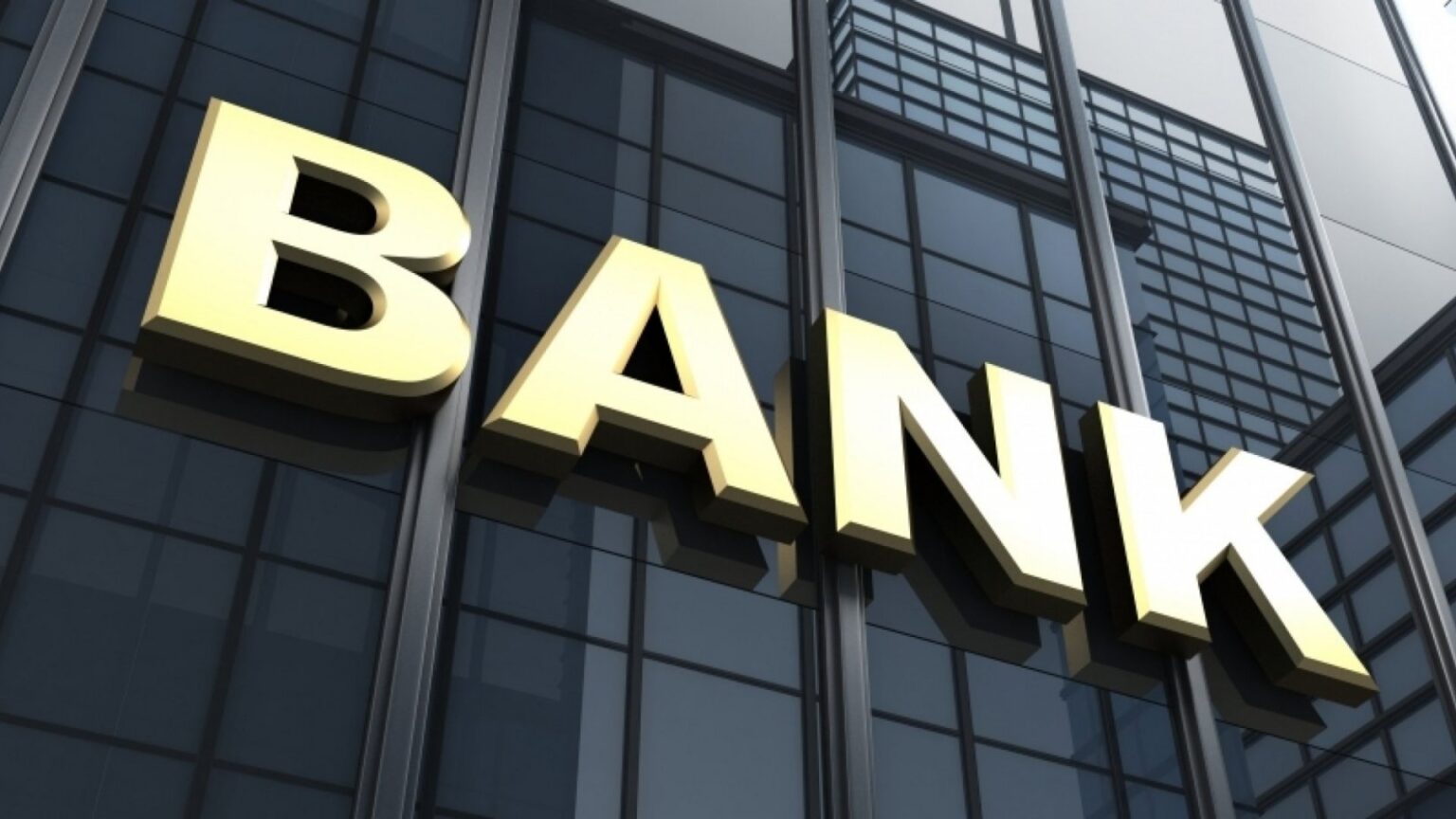
An Introduction to Open Banking: The Future of Finance
Open Banking has compelled significant financial institutions to disclose their data in a safe, standardized format, allowing it to be easily accessed online between authorized businesses.
This data incorporates some accessible attributes, such as branch offices and specific details about particular bank services. In March 2017, the first phase of Open Banking became operational. It is intended to make it easy to discover banks that provide disabled access or to evaluate the aspects of various personal and corporate accounts to determine the best offer.
The more crucial release involves transactional data. Banks have the definitive documentation of everything you spend, lend, and borrow. This includes anything from mortgage payments, entertainment and movie bills, gaming such as pay and play casino, power bills, transportation, and coffee spending – yet they seldom use it.
A coin counter machine can make coin counting faster and hassle free, meaning that the customers can also get their money as soon as possible. Coin counters are necessary for banks and other financial institutions to serve customers who want to exchange their paper money for coins or the other way around.
Open banking enables this valuable report to be shared with third parties, who can then utilize it to develop new products. It is not a standalone software or service but a means of producing data sharing easier.

Introduction to PSD2 or Open Banking
The law went into effect on January 13, 2018. The platform is being built by Open Banking Limited, a non-profit organization formed specifically for the purpose. However, enforcement is the responsibility of the Competition and Markets Authority.
Shortly, the platform should simplify viewing your accounts, obtaining loans and other economic services, and paying for products online. In the long run, it may usher in a completely new banking relationship. In terms of technology, the platform is as reliable as current services.
Banking in the United Kingdom is plagued with significant issues. For instance, the general public is paying too many bank overdraft fees. The money is sitting in bank deposits without earning interest, and there isn’t enough switching.
After failing to address the scenario, the Competition and Markets Authority implemented Open Banking to enhance market innovation and competition. It is accompanied by several positive steps, such as a limit on overdraft fees. It is by far the most dramatic step being implemented.
Open Banking is also a fragment of the Second Payment Services Directive (PSD2), a massive piece of European legislation. Sometimes the two are confused: Open Banking is essentially the British version of PSD2. The difference is that, whereas PSD2 mandates banks to make their data available to third-party companies, Open Banking compels them to do so systematically.
This makes it easier to use, which should aid businesses in developing innovative solutions. For instance, who could have predicted Uber when Google released its mapping data? Similarly, Open banking will boost such innovations in the finance sector to ensure that you have a safe and secure banking experience.

Is Open Banking More Beneficial than Traditional Banking?
However, at this point, three different tendencies can be identified.
-
Compensation
Open Banking makes it feasible to pay straight from a savings account, which should be cheaper and faster because intermediaries charge numerous fees for their services. The bank authenticates the purchase without the involvement of any other organizations.
-
Financial management
Suppose you have accounts with two different banks. In that case, you must examine them independently because the banks’ algorithms are entirely incompatible. Open Banking will let you see them all at once, making money management more effortless.
Banks and entrepreneurs see potential and are already developing apps, often dashboards, that show your incomings and outgoings.
-
Credit
When you apply for a loan, you must provide financial information to demonstrate your suitability. Open Banking will enable you to disclose that information online, for example, by providing an investor with one-time access to a yearly income and consumption history.
Current services accomplish this, but you must provide your login information. The technique will be more secure. This type of data interchange, like most of the changes caused by Open Banking, should benefit small firms (SMEs).

Final Words
In technical terms, Open Banking is as secure as internet banking. The rule requires account providers to employ robust customer verification. This technique allows the payment gateway and embedded financial services to authenticate the authenticity of both the client and the business. APIs, the interface used to transmit data, are trusted
Only startups authorized by the Financial Services Authority (FSA) to use the system will be allowed to do so. However, like internet banking, the greater mobility of data presents opportunities for fraudsters, who may attempt to deceive individuals into divulging their information.
It is essential to mention that anyone who uses an Open Banking service will not have to reveal data such as a username or password to anyone other than banks. This is an enhancement over core platforms, occasionally demanding this as a solution for inconsistency.







